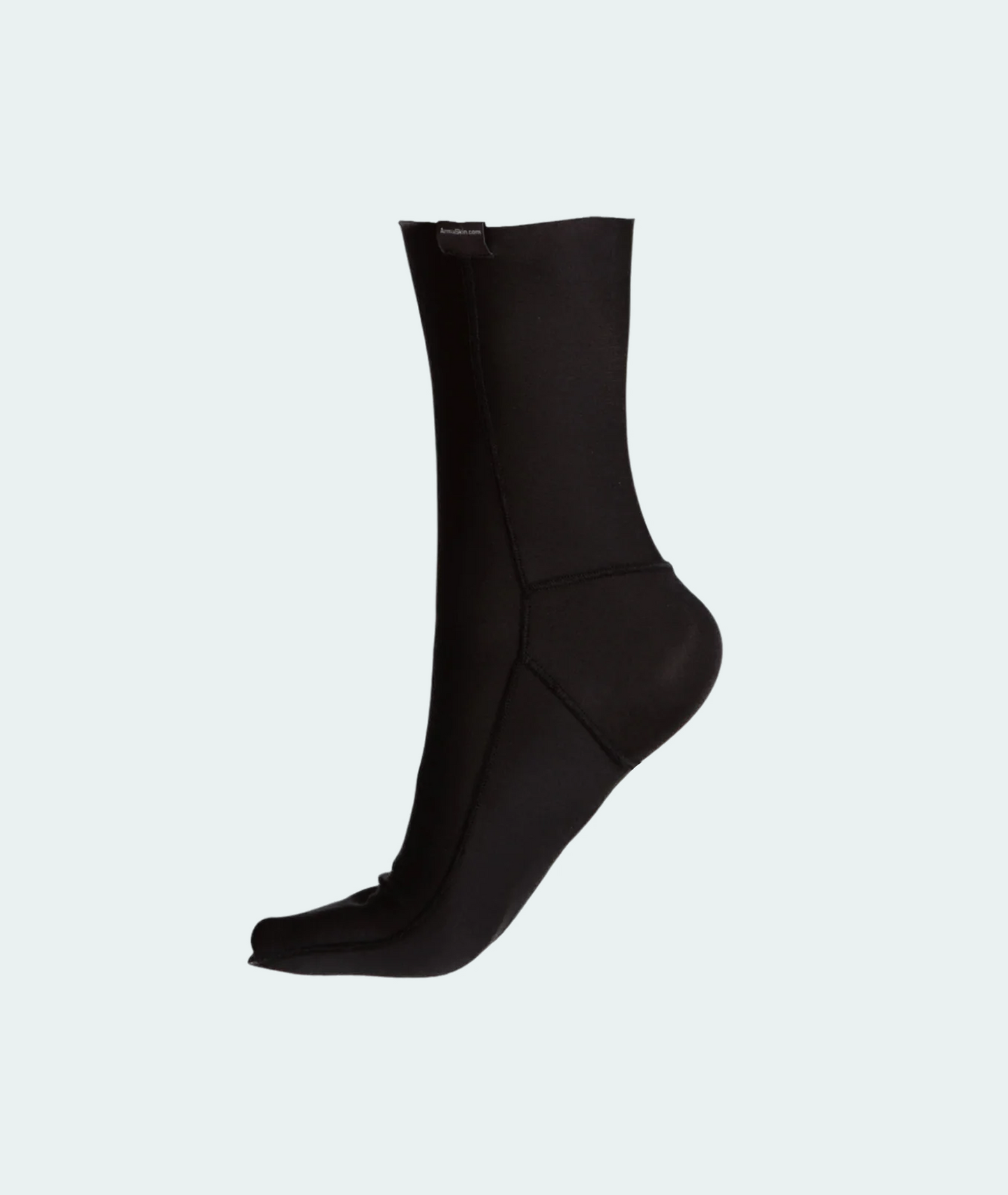
Introduction
As the saying goes, “You are what you eat, so don’t be fast, cheap, easy, or fake.” Whether you find yourself in an emergency situation or simply enjoying a leisurely hike in the woods, energy bars can be a valuable addition to your diet.
The advantages of energy bars are numerous: they’re lightweight, quick and easy to eat, and conveniently fit in your pockets, backpacks, and even the smallest pouches. Over the years, energy bars have become a go-to option for immediate, easily accessible nourishment.
Not only are they healthier than candies or other sweets, but they also have a considerable shelf life, so you don’t have to worry too much about their expiration. You can find them almost everywhere, from large supermarket chains like Walmart to gas stations, duty-free shops in airports, and vending machines.
While they’re not overly expensive, have you ever considered testing your cooking skills and making them at home or even straight out in the wilderness? Doing so not only cuts costs related to packaging, but it also allows you to produce them on a large scale for yourself and your family. It’s worth considering.
Benefits of Making Your Own Energy Bars
“Your diet is a bank account. Good food choices are good investments.” - Bethenny Frankel
The benefits of making your own energy bars are numerous:
- You can select the ingredients of your choice.
- You can produce multiple batches at once.
- You can cut them in the manner you prefer – square, rectangular, etc., allowing you to fit them even in the narrowest parts of your gear.
- You can choose the best method to wrap them (kitchen film, aluminium, bamboo boxes, etc.).
- You save time from having to purchase them elsewhere.
- You can involve your entire family in the process.
Investing in the right choices always means investing in your health and your future.
Don’t Let Blisters Slow You Down!
Discover the ultimate solution with ArmaSkin Anti-Blister Socks. Designed with advanced friction-reducing technology, these socks keep your feet dry, comfortable, and blister-free – no matter the challenge.
Shop NowSounds good, doesn’t it? In this article, we will explore how to produce energy bars with the best selection of ingredients in terms of energy and calories. Additionally, we will learn how to bake granola bars both at home and in the great outdoors.

Ingredients and Energy: Fuelling Your Journey
 “Healthy eating is a way of life, so it’s important to establish routines that are simple, realistically, and ultimately liveable.” - Horace
“Healthy eating is a way of life, so it’s important to establish routines that are simple, realistically, and ultimately liveable.” - Horace
When selecting ingredients for your energy bars, be mindful. They should be the result of careful consideration of what you need when you’re low on energy and protein. Plant proteins are a valuable resource outdoors, and you only need a small amount to regain the vigor - both physical and mental - necessary to tackle various activities.
Let’s delve into some essential raw materials for our energy bars.
Nuts
Nuts are traditionally associated with energy due to their high fat content. All types of nuts contain major macronutrients such as:
- Fat
- Protein
- Carbohydrate
Nuts are a good source of total protein, especially for vegetarians. They also have a low lysine : arginine ratio, which is inversely associated with the risk of developing hypercholesterolemia and atherosclerosis. Nuts are also rich in:
- Phosphorus
- Magnesium
- Copper
- Folate
- Vitamin E
And they are extremely rich in fibre, beneficial for your digestion!
Fruit
You can add any dried fruit you want to your energy bars. Popular choices include:
- Blueberries
- Blue raspberries
- Currants
- Apple
- Pear
- Banana
- Pineapple
- Figs
You can experiment with new flavours by adding your favourite fruit. Even citrus fruits like orange, tangerine, lemon, and lime can be excellent additions. Remember, each type of fruit corresponds to a specific vitamin. So, you can prepare energy bars from scratch, focusing not only on plant protein but also on Vitamins A, B, C.
Using a good food dryer, you can process your fruit by cutting it into thin slices or tiny pieces and mix them into the dough. I suggest organizing your food storage by dedicating a specific box to contain all the ingredients you need to make granola, and consequently, your energy bars. This way, you know exactly what you need to prepare, let’s say, “survival bars” with Vitamin C (with citrus, etc.).
Grains
You have plenty of choices when it comes to grains you want to add to your dough. The most commonly used are:
- Oats
- Oat bran
- Puffed rice
- Puffed millet
- Puffed barley
- Puffed spelt
- Puffed kamut
Seeds: A Nutritious Addition
In recent years, some companies have started to include seeds in their energy bars. While they can be a nutritious addition, it’s important not to overdo it as our digestive system isn’t fully equipped to process large amounts of them. Chia seeds and black/white sesame seeds are commonly used.
Thickeners: Keeping It Together
To keep your mixture well-blended, you’ll need a thickening agent. But don’t worry, you can keep it 100% organic! Options include:
- Coconut oil
- Sesame oil
- Maple syrup
- Honey (in all its varieties)
- Peanut butter
- Almond butter
- Pistachio butter
- Date palm oil
You can also add jaggery, which is more suitable for granola than processed cane sugar, or the famous Swiss “Ovomaltine”.
Making Survival Bars at Home

“Let food be thy medicine, thy medicine shall be thy food.” - Hippocrates
Aside from the benefits we’ve already covered, you’ll be surprised by how quickly you can prepare your granola mixture. All you need is a fridge (or an oven) and no more than twenty minutes of your time. This applies to all the customizable recipes you have in mind!
Preparation
- Put all the ingredients of your choice in a bowl, respecting proportions between nuts, fruit, grains, thickeners, and seeds. The quantities depend on the size and number of baking sheets you have at your disposal.
- Mix them together to create a dough.
- Press this into a baking dish.
- Store it in the fridge for at least 3 hours. Afterwards, you can cut them into slices or small pieces, as you prefer.
- Energy bars can last up to five or even six days in the fridge. You can also freeze them!
- If you prefer to bake them, keep them in the oven at 356°F for no more than 10 minutes. Check their baking repeatedly and carefully to avoid spoiling them.
- Once out of the oven, let them cool for at least one hour.
This second preparation may make them a little crispy, which is how I personally prefer them.
Making Survival Bars in the Great Outdoors
“You don’t have to eat less, you just have to eat right.” - Unknown
What if you want to prepare your survival bars in the Great Outdoors? If you have a fire, you can definitely do it. All you need is a collapsible bowl, a spoon, and an upper grill to ensure they won’t get burned. A few minutes of preparation, at least 60 minutes to cool down, and they’re ready to be cut into pieces or broken with your own clean hands!
Conclusion

“The food you eat can be either the safest and most powerful form of medicine or the slowest form of poison.” – Ann Wigmore
You don’t have to be a master chef to make these survival energy bars from scratch. If you balance the amount of nuts, dried fruit, sugar, and fat, you’ll have all the essential elements to create some delicious, healthy, and energy-packed bars. You can also add some dark, milk, or white chocolate chips for extra flavour.
So, get creative and give it a try! Making survival bars could not only be a good investment, but also a way to share your knowledge with the community of hikers and endurance runners out there.














